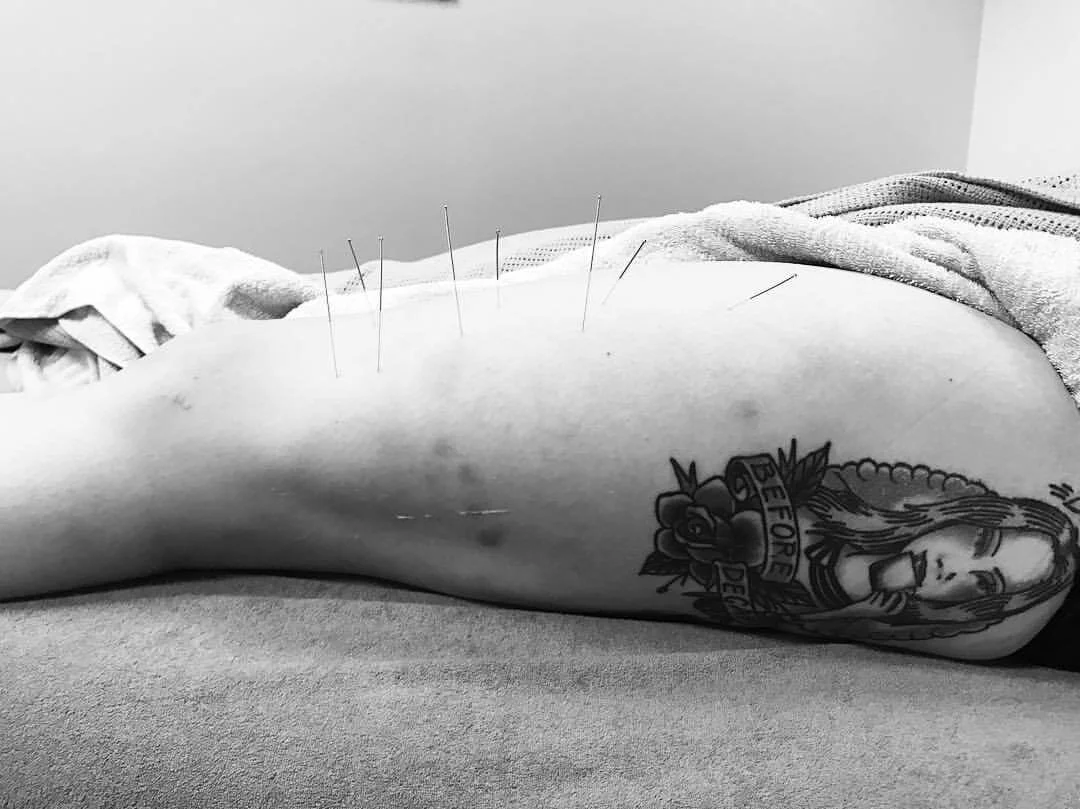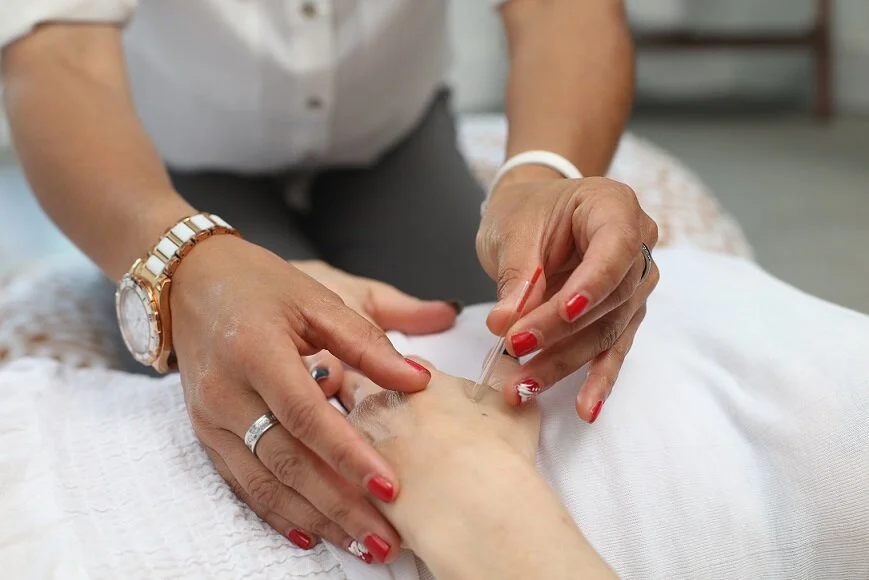What Is The Difference Between Acupuncture And Dry Needling?
There is a good chance you’ve heard about acupuncture. But many people are unfamiliar with dry needling unless they have experienced it. We often are asked whether dry needling and acupuncture are the same thing.
The answer is: no. Acupuncture and dry needling are very different techniques, though they seem similar at first glance.
Why people often confuse acupuncture and dry needling
As these therapies both use needles to treat health concerns, it’s easy to think they are the same. Acupuncture and dry needling can involve needles that come in different lengths and thickness, depending on the use.
Both require extensive training to ensure that needling is done correctly. Acupuncturists and myotherapists alike spend many hours learning and refining their needling skills.
That being said, some remedial massage therapists may do a short course for dry needling. It’s best to ask your practitioner about their needling qualifications before consenting to the treatment.
The differences between acupuncture and dry needling
Despite their similarities, there are several key differences between the two treatments.
Why needling is used
Acupuncture is a practice of Traditional Chinese Medicine. It has been around for thousands of years. The goal of treatment is to bring the body back to balance and harmony by influencing the meridians, or energy channels of the body.
Some applications of acupuncture include managing stress and anxiety levels, supporting digestion and balancing hormones. Research reviews have found evidence suggesting it can also help with things such as jaw pain and nausea.
On the other hand, dry needling is a modern therapy used by physical therapists such as myotherapists and physiotherapists. The goal of treatment is to address issues in a specific muscle by releasing tension in that muscle.
How it works
When it comes to how acupuncture works, I went to Dr Anna Pino at Natural Harmony. She says:
“We insert a little pin into the body that is specific to a particular pathway that may be blocked. When the needle is inserted, blood will be circulated to the local area. The energy pathway will then take that blood and all of the nutrients and beneficial cells to the area of need.”
Acupuncture may be used directly over the problem area. But it can also be used on a distant part of the body that is related to the problem based on the meridians involved.
Dry needling is used directly on the affected muscle. It has an immediate effect on the muscle tone. This is believed to be thanks to a few different mechanisms. One is the needle’s ability to affect free nerve endings in a trigger point, creating a response that turns your muscle ‘off.’
Another is that needling can set off a local inflammatory and immune response, so the immune cells will clear any metabolic waste in the muscle.
The treatment itself
There is a significant difference in the application itself. During an acupuncture treatment, the practitioner inserts the needles and leaves them in while the client relaxes. The needles may be left in for up to 45 min, depending on the goal of the treatment.
During dry needling, the practitioner inserts the needle. They will usually try to stimulate the muscle fibres by moving the needle around, which helps to release the tension. Typically, this process isn’t painful, but you may feel some discomfort, or your muscle may twitch involuntarily!
Looking to give dry-needling a try? The team at The Wellness Nest is here to help. Click here to book an appointment today.


